
Gedenkstein: A Border Memorial
Reflect on Germany's division and reunification at this poignant memorial marking the former inner-German border on the Priwall peninsula in Lübeck.
The Gedenkstein an der Landesgrenze Mecklenburg-Vorpommern/Schleswig-Holstein, located on Mecklenburger Landstraße in Lübeck, marks the former inner-German border between East and West Germany. This memorial park serves as a poignant reminder of Germany's division and reunification. The site features a memorial stone commemorating the opening of the border in February 1990, bearing the inscription 'NIE WIEDER GETEILT' ('Never Again Divided') along with the coats of arms of Travemünde and the Duchy of Mecklenburg. The surrounding area offers a tranquil setting for reflection, inviting visitors to contemplate the historical significance of the location and the impact of the division on the lives of countless individuals. With its historical importance and peaceful atmosphere, the Gedenkstein provides a compelling experience for those interested in German history and the Cold War era.
A brief summary to Gedenkstein an der Landesgrenze Mecklenburg-Vorpommern/Schleswig-Holstein
- Mecklenburger Landstraße, Lübeck, DE
Local tips
- Combine your visit with a walk or bike ride along the scenic Priwall peninsula, exploring its coastal landscapes and enjoying views of the Baltic Sea.
- Take the ferry from Priwall to Travemünde to explore the historic seaside resort and its maritime heritage.
- Visit the nearby Grenzhus Schlagsdorf for a more in-depth understanding of the history of the inner-German border and its impact on the region.
Getting There
-
Public Transport
From Lübeck Hauptbahnhof (main train station), take bus line 38 towards 'Priwall Wellenschlag'. The bus stops directly at 'Lübeck Mecklenburger Landstraße', a short walk from the Gedenkstein. A single ticket costs approximately €3.50. Check the Stadtwerke Lübeck Mobil GmbH website or app for the most up-to-date schedules.
-
Driving
From central Lübeck, follow signs for Travemünde and then Priwall. Once on Priwall, continue along Mecklenburger Landstraße. Limited free parking is available near the Gedenkstein. Alternatively, paid parking is available at Parkplatz Priwall, Mecklenburger Landstraße, with rates around €2 per hour or €10 per day.
Discover more about Gedenkstein an der Landesgrenze Mecklenburg-Vorpommern/Schleswig-Holstein
Iconic landmarks you can’t miss
Gedenkstein an der Landesgrenze Mecklenburg-Vorpommern/Schleswig-Holstein
0.0 km
Reflect on Germany's division and reunification at this poignant memorial marking the former inner-German border on the Priwall peninsula in Lübeck.
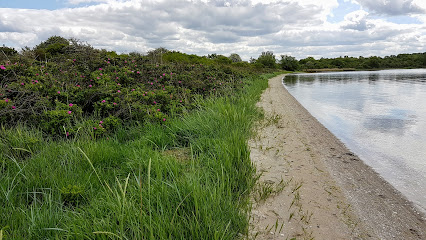
Maritim Hotel Lübeck-Travemünde
1.7 km
Experience Baltic seaside charm at the Maritim Hotel Lübeck-Travemünde, offering stunning views, a full-service spa, and easy access to Travemünde's attractions and the beautiful Lübeck Bay.
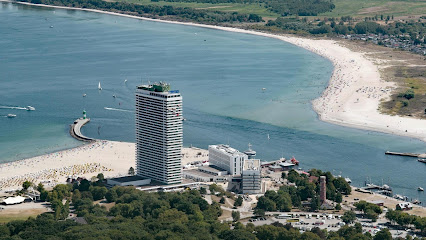
Brodtener Steilküste
4.7 km
Discover the dramatic beauty of Brodtener Steilküste: a coastal cliff sculpted by the Baltic Sea, offering panoramic views, geological wonders, and a haven for wildlife.
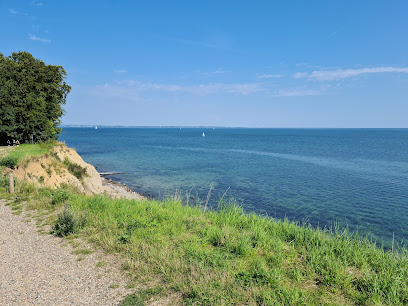
Seebrücke Scharbeutz
12.5 km
Experience the charm of Seabridge Scharbeutz, where stunning Baltic Sea views meet vibrant local culture and unforgettable coastal adventures.

Alt Lübeck
13.4 km
Explore Alt Lübeck, a UNESCO World Heritage Site, where medieval architecture and rich history await every traveler in the heart of Germany.
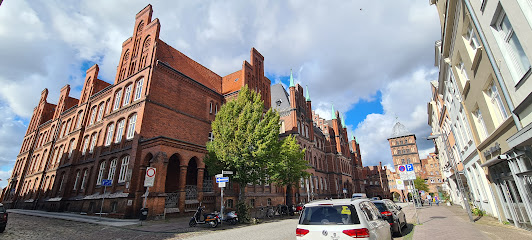
Froschkönigteich
15.7 km
Discover the enchanting Froschkönigteich in Lübeck's Stadtpark, a serene oasis with a fairytale charm, perfect for relaxation and a touch of magic in the heart of St. Gertrud.
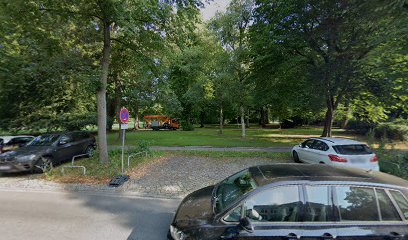
Jerusalemsberg
15.9 km
Discover Jerusalemsberg in Lübeck: A historical landmark offering serene green spaces, a Gothic shrine, and panoramic city views, perfect for history enthusiasts and peaceful retreats.
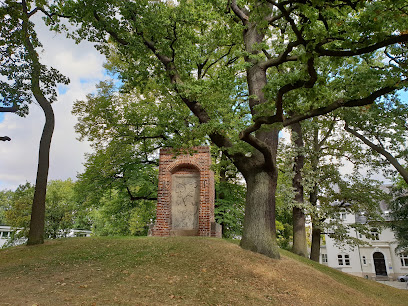
Gedenkstätte Jerusalemsberg
16.0 km
Reflect on history and honor the victims of the Holocaust at Gedenkstätte Jerusalemsberg in Lübeck, a serene memorial park offering a space for contemplation and remembrance.
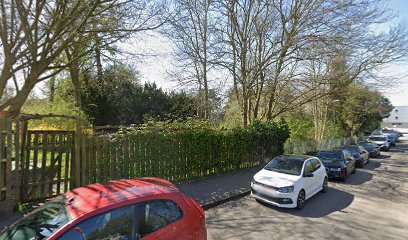
Hundebadestelle St. Jürgen
16.1 km
Discover the enchanting Hundebadestelle St. Jürgen, a historical landmark in Lübeck offering tranquil waterfront views and rich maritime heritage.
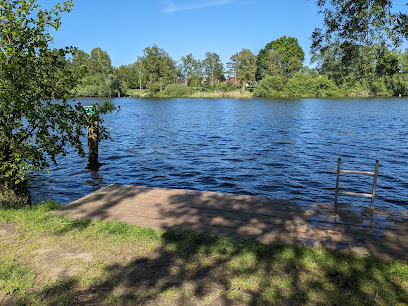
Klughafenbrücke
16.5 km
Discover the shimmering Klughafenbrücke in Lübeck, connecting history and modernity with scenic views of the Kanaltrave and easy access to UNESCO World Heritage sites.
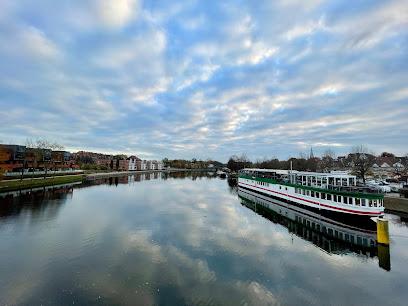
Burgtor in Lübeck
16.6 km
Discover the Burgtor in Lübeck: a historic northern gate, a masterpiece of Gothic architecture, and a gateway to the city's Hanseatic past and vibrant present.
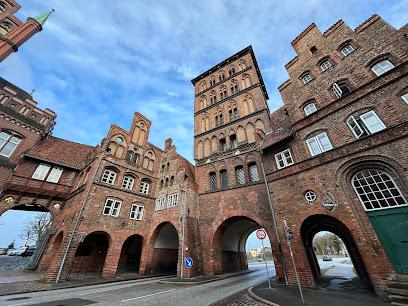
Schwerlastkran
16.6 km
Discover the iconic Schwerlastkran in Lübeck, a historic crane symbolizing the city’s maritime heritage and engineering marvels.

Herrnburger Dünen
16.8 km
Explore the unique inland dune landscape of Herrnburger Dünen near Lübeck, a haven for wildlife and a reminder of the region's diverse natural history.
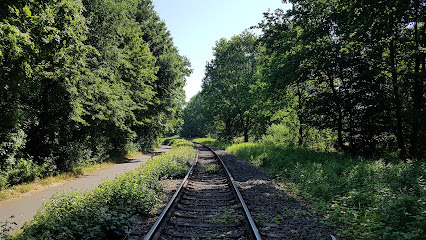
Koberg
16.8 km
Discover Koberg in Lübeck: A captivating square where medieval architecture meets Hanseatic history, offering a unique glimpse into the city's rich cultural heritage.
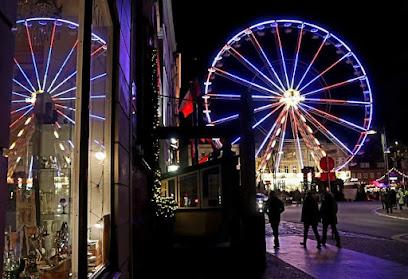
Lübeck Altstadt
17.0 km
Explore Lübeck's Altstadt, a UNESCO World Heritage site, where medieval charm meets modern vibrancy in a captivating blend of history, architecture, and Hanseatic heritage.
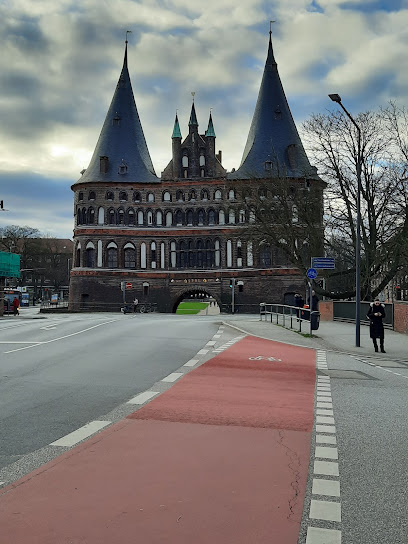
Unmissable attractions to see
Kaiserbrücke
2.0 km
Experience the charm of Travemünde from the Kaiserbrücke, a historic bridge offering stunning waterfront views and a gateway to maritime culture.
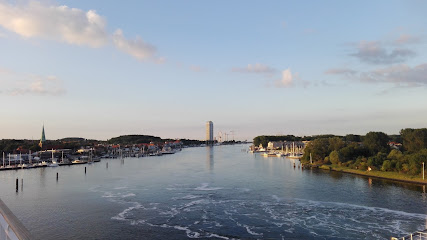
Seebrücke Niendorf
6.3 km
Experience the Baltic Sea from this unique pier in Niendorf, offering scenic views, recreational activities, and a touch of local charm.
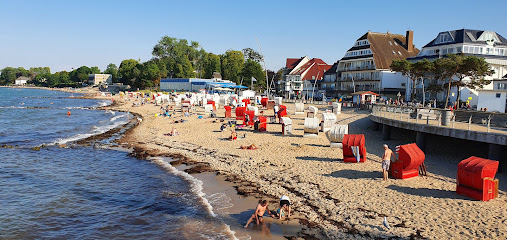
Hermann-Löns-Blick
7.1 km
Discover breathtaking views of the Baltic Sea and surrounding nature from the Hermann-Löns-Blick observation tower in Timmendorfer Strand.
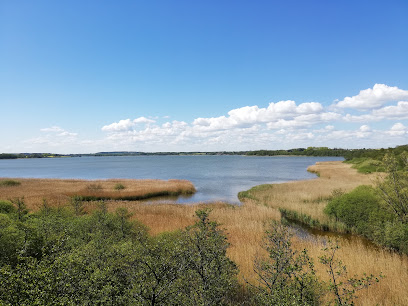
Freistrand, Niendorf
7.5 km
Experience the tranquility of Freistrand Niendorf: golden sands, Baltic Sea views, and a charming seaside escape in Timmendorfer Strand.
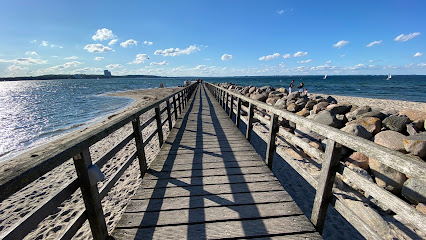
SEA LIFE Timmendorfer beach
9.3 km
Immerse yourself in the captivating world of SEA LIFE Timmendorfer Strand, where ocean wonders and marine conservation come alive for visitors of all ages.

Ostsee Therme
10.8 km
Experience Baltic Sea wellness at Ostsee Therme Scharbeutz: water slides, saunas, and stunning ocean views await!
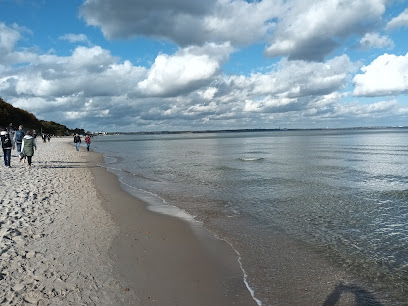
FKK-Strand Scharbeutz
10.8 km
Experience freedom and nature at FKK-Strand Scharbeutz, a beautiful Baltic Sea nudist beach with golden sands, clear waters, and a rich cultural history.
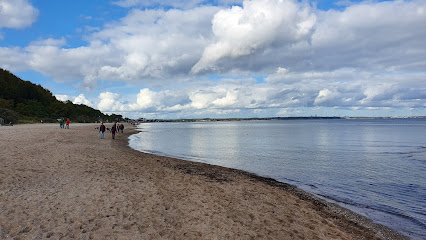
Hundestrand Scharbeutz
11.0 km
A clean, sandy dog beach in Scharbeutz with shallow waters, perfect for a fun day out with your furry friend on the Baltic Sea coast.
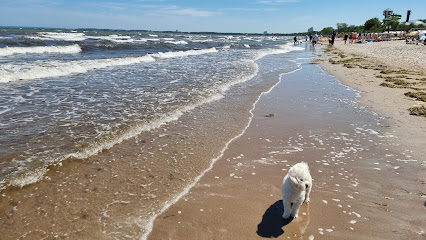
Old Port Gothmund
11.2 km
Experience the serene beauty and rich maritime heritage of Old Port Gothmund, Lübeck's hidden fishing village gem.
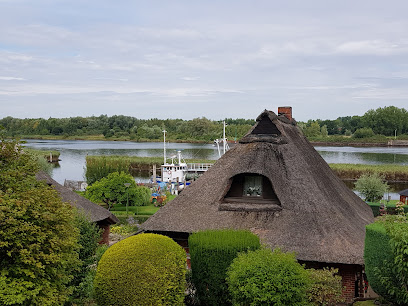
Flussufer der Trave bei Kücknitz
12.9 km
Discover the tranquil beauty of the Trave Riverbank in Küchnitz, a perfect escape for nature lovers and tranquility seekers.
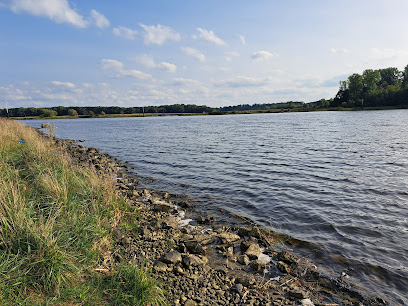
Scharbeutz - Strand deines Lebens
12.9 km
Experience the Baltic bliss of Scharbeutz Beach: soft sands, clear waters, vibrant promenade, and endless seaside fun for everyone!
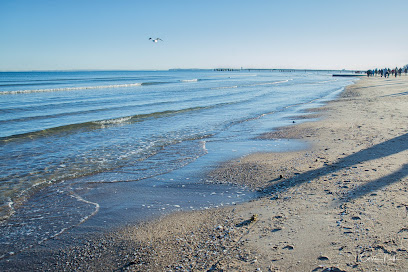
Schellbruch Nature Reserve
13.0 km
Experience the serene beauty of Schellbruch Nature Reserve in Lübeck, a wildlife haven perfect for nature lovers and outdoor enthusiasts.
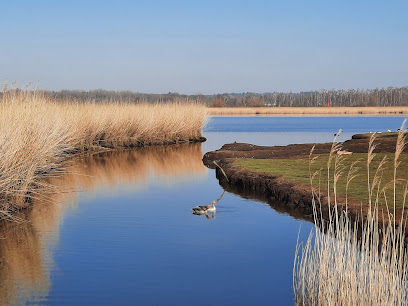
Schellbruch
13.7 km
Discover the tranquil beauty of Schellbruch, a stunning nature preserve in Lübeck, perfect for relaxation, wildlife watching, and outdoor adventures.
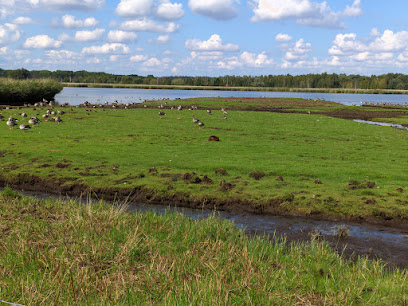
Pelzerhaken Strand
14.9 km
Pelzerhaken Strand: Germany's sun-kissed Baltic beach, perfect for families, water sports, and relaxing seaside getaways.
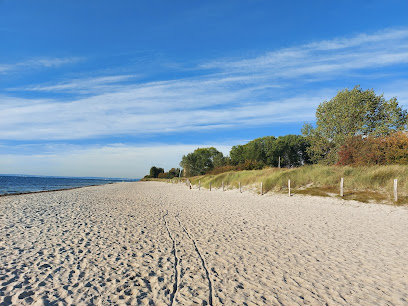
Ehemalige Innerdeutsche Grenze
15.7 km
Discover the poignant history of the Ehemalige Innerdeutsche Grenze in Lübeck, a vital site reflecting the division and reunification of Germany.
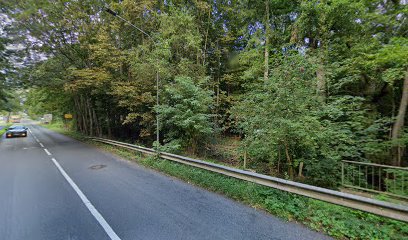
Essential places to dine
Restaurant & Café Traveblick
2.1 km
Experience exquisite local cuisine at Restaurant & Café Traveblick in Travemünde, offering breathtaking views and a welcoming atmosphere.
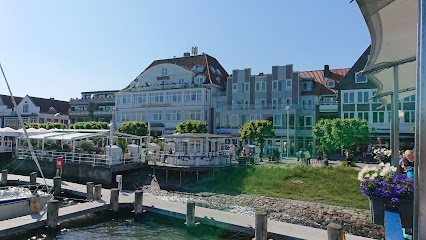
Baltic Bay | Restaurant & Kneipe
3.1 km
Experience authentic German cuisine with breathtaking marina views at Baltic Bay Restaurant in Lübeck.
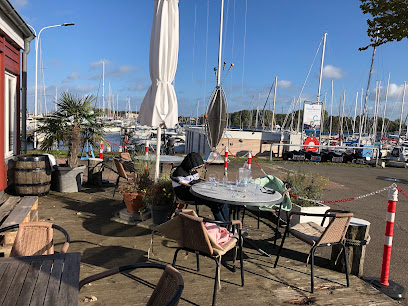
Wolkenlos Timmendorfer Strand
8.5 km
Discover Wolkenlos Timmendorfer Strand: A perfect blend of exquisite dining and breathtaking Baltic Sea views.
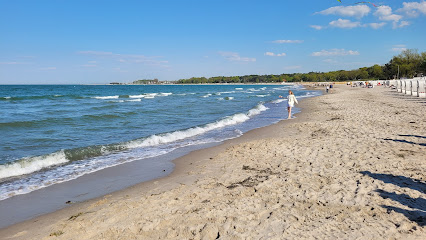
COAST
12.6 km
Experience coastal dining at its finest at COAST in Scharbeutz - where fresh flavors meet stunning ocean views.
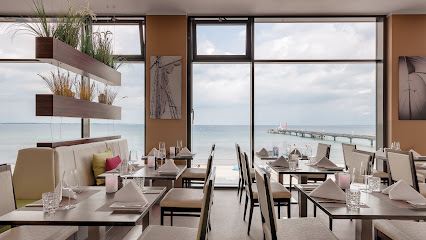
STRANDLIEBE / Restaurant-Cafe-Bar
15.7 km
Discover culinary delights at STRANDLIEBE: A charming Restaurant-Cafe-Bar offering fresh seafood and stunning views on the coast of Neustadt.
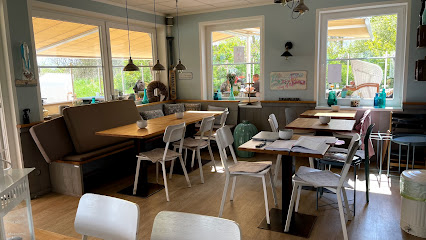
Kiebitzberg Restaurant & Café
15.7 km
Experience authentic German cuisine and café charm at Kiebitzberg Restaurant & Café on the beautiful shores of Neustadt.
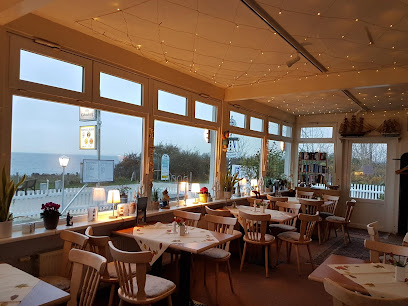
Ristorante Da Angelo
15.7 km
Discover authentic Italian flavors at Ristorante Da Angelo in Lübeck – where every dish is crafted with passion and tradition.
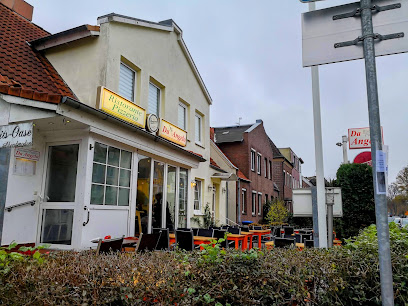
Ristorante La Casa
16.2 km
Savor authentic Italian cuisine at Ristorante La Casa in Lübeck – where every dish tells a story of tradition and passion.
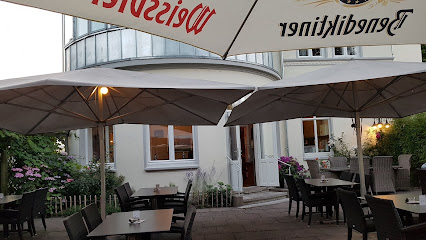
KOCHWERK Lübeck - das Restaurant
16.3 km
Experience exceptional local cuisine at KOCHWERK Lübeck - a buffet restaurant celebrating fresh ingredients and delicious flavors.

Nordwind - Lübeck
16.3 km
Experience authentic German flavors at Nordwind in Lübeck - perfect for breakfast or celebrating special occasions with exquisite wedding buffets.
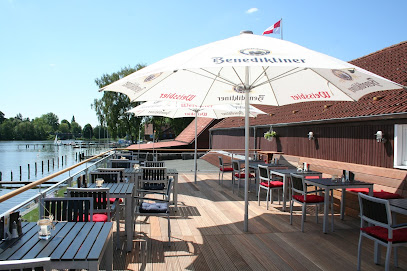
Seaside - Lübeck
16.6 km
Experience authentic Italian cuisine at Seaside - Lübeck, where every dish tells a story of tradition and flavor.
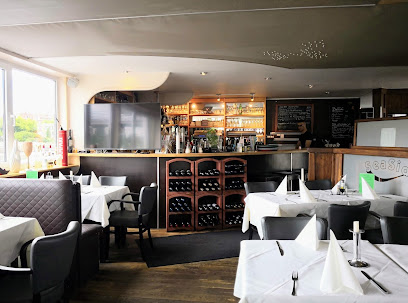
Kutter Kitchen
16.6 km
Discover Kutter Kitchen in Neustadt - where fresh seafood meets warm hospitality in an unforgettable dining experience.

Taj Mahal Restaurant
16.7 km
Discover the vibrant flavors of India at Taj Mahal Restaurant in Lübeck - where every dish tells a story.
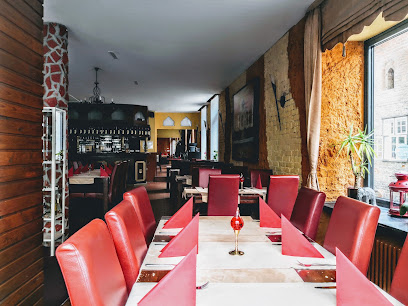
Lübecker Kartoffelkeller
16.8 km
Experience authentic German cuisine at Lübecker Kartoffelkeller, where hearty potato dishes meet charming ambiance in Lübeck's historic old town.
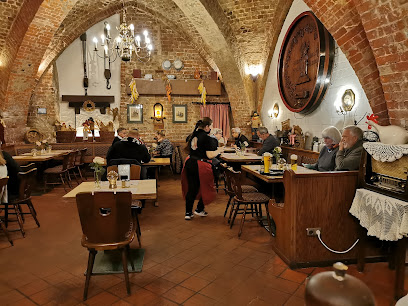
Blechtrommel
16.8 km
Experience authentic Polish cuisine at Blechtrommel in Lübeck's historic district - a cozy eatery serving traditional dishes full of flavor.
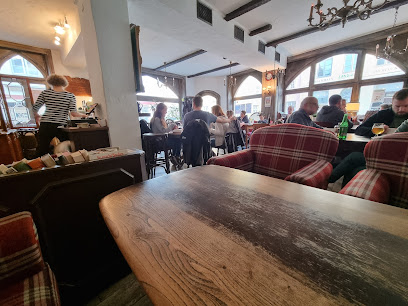
Markets, malls and hidden boutiques
LUV SHOPPING
12.1 km
Discover LUV SHOPPING in Lübeck, a vibrant shopping mall offering a diverse range of stores and dining experiences for every traveler.

Kaufhaus Martin Stolz GmbH
12.6 km
Experience exceptional shopping at Kaufhaus Martin Stolz GmbH in Scharbeutz, where quality meets charm in a delightful department store atmosphere.
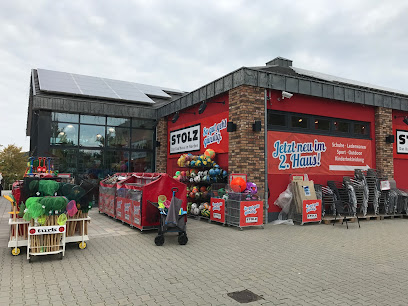
Zafuda Accessoires
15.2 km
Explore Zafuda Accessoires for unique gifts, beach toys, and stylish bags in Neustadt, a perfect stop for memorable souvenirs.

ARBOREA Marina Resort Neustadt
16.6 km
Experience ultimate relaxation and adventure at ARBOREA Marina Resort Neustadt, a perfect blend of luxury, nature, and wellness.

Vintage Vogue - Onlineshop
16.9 km
Explore Vintage Vogue in Lübeck: Your premier destination for unique vintage clothing and accessories that celebrate style and sustainability.

Laden 15 - Lübeck
17.0 km
Explore Laden 15 in Lübeck for unique clothing, stylish accessories, and memorable gifts that capture the essence of your travels.
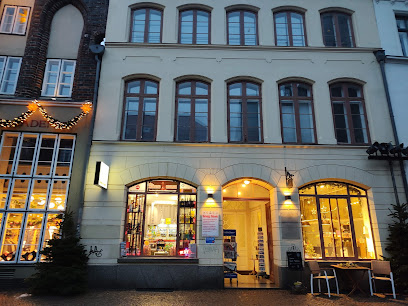
INDLU design store - Handmade in South Africa
17.1 km
Explore INDULU Design Store in Lübeck for unique handmade South African gifts, fashion accessories, and gourmet treats that celebrate local craftsmanship.
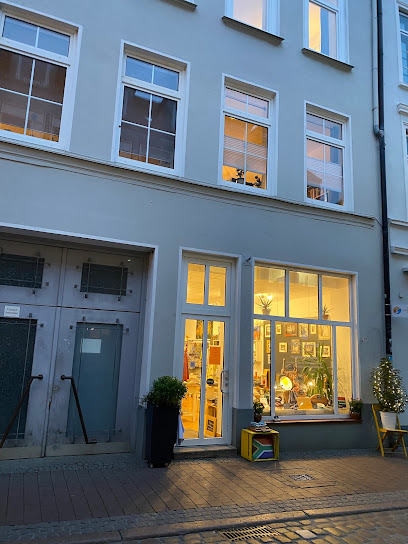
Zara
17.1 km
Discover the latest fashion trends at Zara in Lübeck's historic old town, where style meets affordability in a vibrant shopping experience.
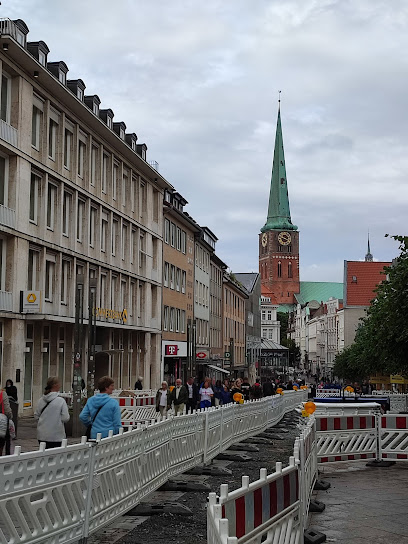
Neue Liebe
17.1 km
Immerse yourself in Lübeck's fashion scene at Neue Liebe, a boutique offering unique clothing and accessories in a historic setting.
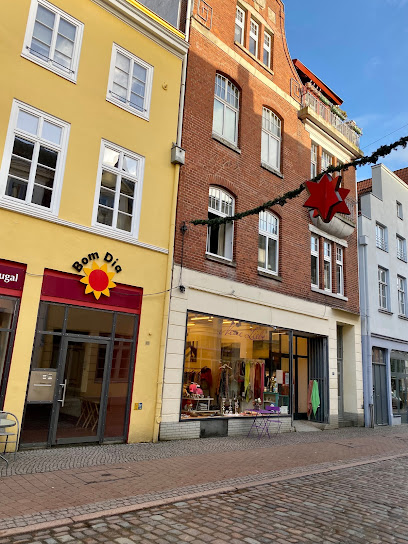
Nanu Nana
17.1 km
Explore Nanu Nana in Lübeck for charming gifts, unique crafts, and delightful home goods that capture the spirit of your travels.

Vintage Vogue - Retro Boutique
17.1 km
Explore Vintage Vogue in Lübeck, a retro boutique offering a curated selection of unique vintage clothing and accessories that embody timeless style.

Elfenreich
17.1 km
Discover unique fashion treasures at Elfenreich in Lübeck's charming Altstadt, where style meets local craftsmanship.
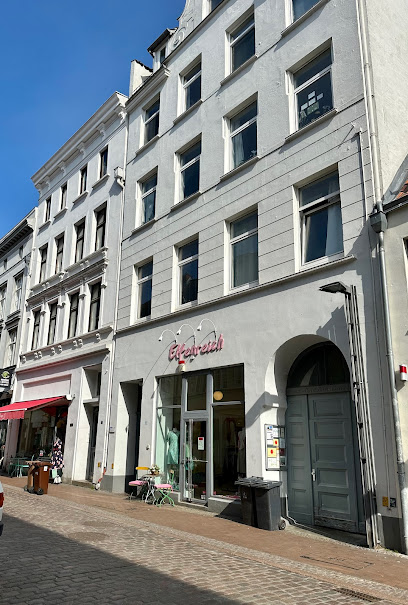
HERZENSWUNSCH concept store
17.1 km
Explore HERZENSWUNSCH in Lübeck: A charming concept store offering unique gifts and local treasures that celebrate the spirit of craftsmanship.

Lichthof Lübeck
17.2 km
Discover a unique blend of shopping and local culture at Lichthof Lübeck, a must-visit mall in Lübeck's historic center.
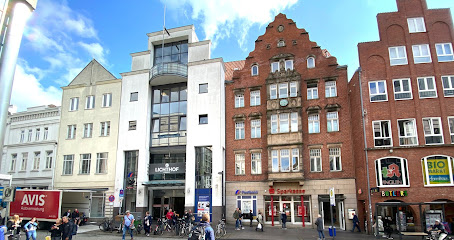
BUTLERS@home24 Lübeck Königstraße
17.2 km
Discover unique gifts and stylish home goods at BUTLERS@home24 Lübeck Königstraße, a must-visit shop in the heart of Lübeck's historic district.

Essential bars & hidden hideouts
Marli-Treff
15.1 km
Discover the lively Marli-Treff pub in Lübeck, a local favorite for drinks, snacks, and an authentic experience of German nightlife.
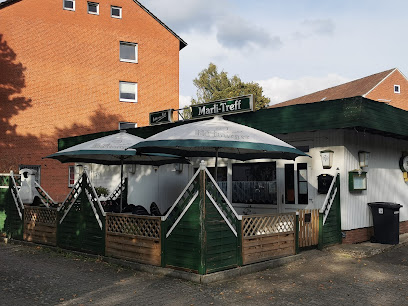
Raucherkneipe Klönpinte
15.2 km
Discover the heart of Sierksdorf at Raucherkneipe Klönpinte, a cozy pub offering local drinks and a friendly atmosphere.
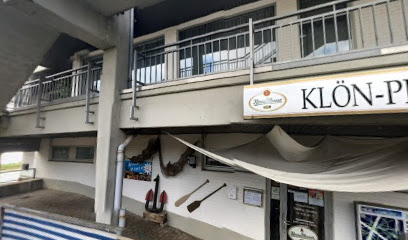
Sabbelkiste
15.4 km
Experience the lively atmosphere at Sabbelkiste, Lübeck's local bar offering a delightful selection of drinks and a vibrant ambiance.
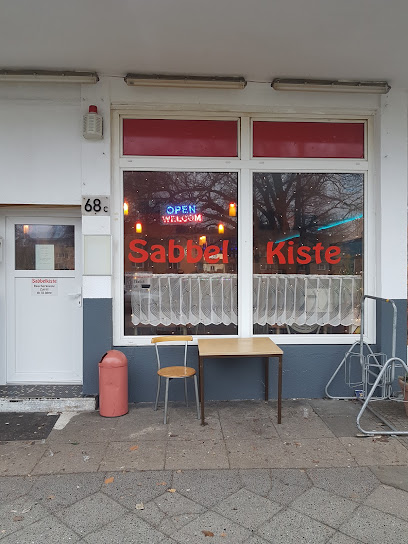
Strandkiste Bar & Lounge
16.2 km
Experience the perfect blend of relaxation and flavor at Strandkiste Bar & Lounge, your ultimate coastal retreat in Neustadt in Holstein.
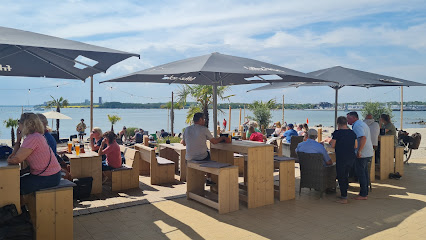
Tonfink - Kulturcafé & Bar - Lübeck
16.8 km
Experience the vibrant cultural atmosphere of Tonfink, a unique bar and café in Lübeck, known for live music and delightful beverages.
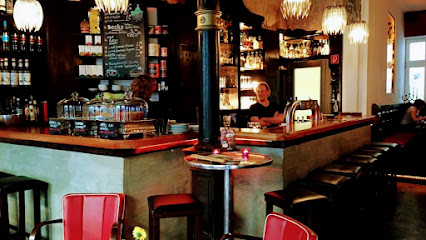
Gotteskeller
16.9 km
Experience the vibrant nightlife of Lübeck at Gotteskeller, a lively bar offering an extensive drink selection and a unique atmosphere.

Weltwirtschaft - Lübeck
16.9 km
Experience the vibrant nightlife of Lübeck at Weltwirtschaft, a lively bar offering a unique atmosphere and excellent drinks to enjoy with friends.

Traffico Cocktailbar, Restaurant und Café - täglich bis Open End!
17.0 km
Experience the vibrant nightlife of Lübeck at Traffico Cocktailbar, where delicious cocktails, gourmet dishes, and great atmosphere await.
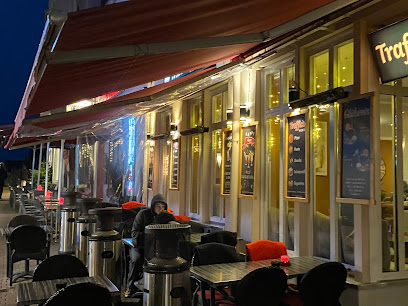
La Havanna
17.0 km
Discover the vibrant flavors of Cuba at La Havanna, a lively bar and restaurant in Lübeck offering authentic cuisine and cocktails.
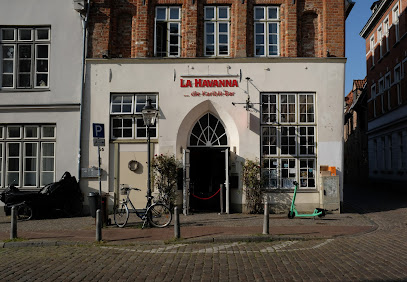
Kandinsky - Lübeck
17.0 km
Discover Kandinsky, a unique bar and restaurant in Lübeck's Altstadt, offering a vibrant atmosphere and diverse culinary delights.
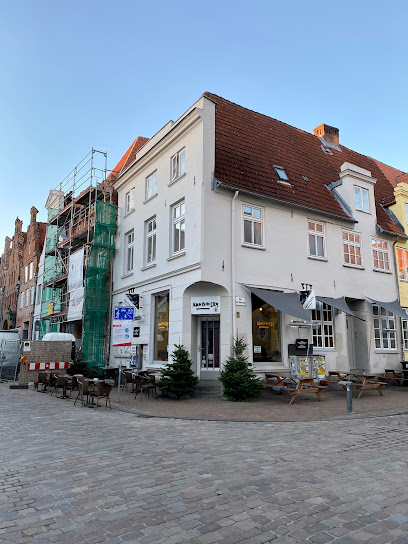
Torrio's - American Bar
17.0 km
Experience the vibrant American bar culture in Lübeck at Torrio's, where good drinks and lively atmosphere await.

Rauchfang - Lübeck
17.0 km
Experience the warmth of Lübeck at Rauchfang, a cozy pub offering local brews and a vibrant atmosphere in the heart of the city.
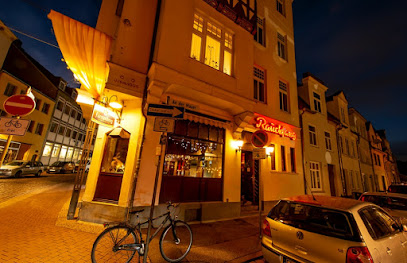
Cocoloco Bar - Lübeck
17.0 km
Discover the vibrant nightlife of Lübeck at Cocoloco Bar, where unforgettable evenings come alive with drinks, music, and a lively crowd.
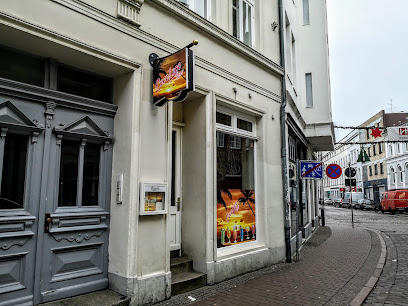
Sternschnuppe Lübeck
17.1 km
Discover the vibrant nightlife of Lübeck at Sternschnuppe, a cozy bar offering a diverse drink selection in the heart of the historic city.
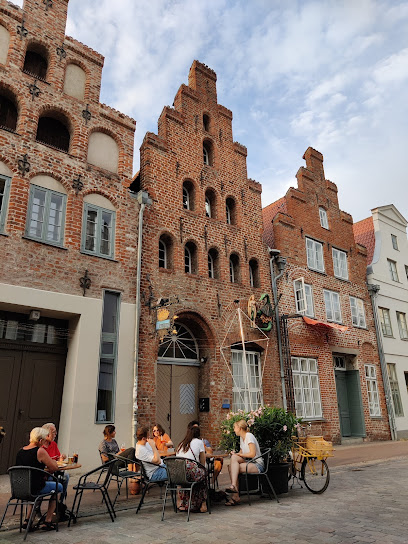
Morgana Pub
17.1 km
Discover the vibrant nightlife of Lübeck at Morgana Pub, a lively bar offering a variety of drinks in a welcoming atmosphere.




